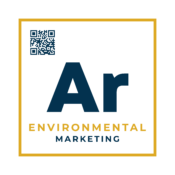
- All Articles, Energy
- 0 Comments
Wind Power Recycling: What Happens After the Blades Break In the wake of increasingly intense storms, the conversation around wind energy has started to shift. While the public sees downed turbines and lost generation capacity, developers and operators are faced with another, quieter crisis, and that is managing the aftermath. What happens to thousands of […]
Read More





